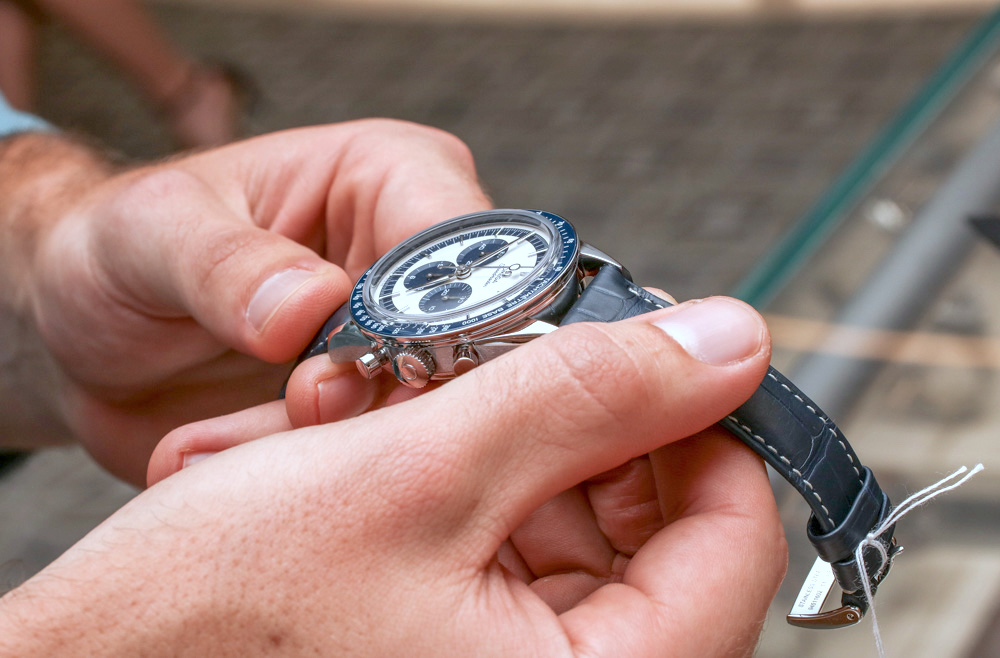As we noted last week, it’s become an established fact that beautifully crafted classic timepieces with hundreds of minuscule, precision-made moving parts aren’t simply fetes of engineering wizardry, they’re works of art. Each one contains at least 150 tiny mechanical components, including miniature gears, levers, mainsprings, “anchor escapements,” jewel-lined bearings and wheels.
Previously, we discussed the uptake of pocket watches amongst working people in the eighteenth century, a trend that persisted until the early twentieth century, when most people either had a pocket watch or simply listened out for factory whistles or church bells to tell the time.
In fact, prior to World War One, wristwatches were considered effeminate accessories worn only by ladies and “wristwatch boys” (a euphemism for fashionable dandies). The First World War, however, changed all that: soldiers in the trenches found it incomparably easier to tell time with wristwatches rather than fumble around in their pockets to pull out a fob-watch. It’s no exaggeration to say that WWI transformed the wristwatch from effeminate trinket to practical, modern and rugged necessity.
It may come as a surprise to find that the main manufacturers of these sturdy soldiers’ trench watches were names we now associate with high-end luxury: Cartier, Omega, Rolex and Longines. These military timepieces didn’t usually bear the manufacturer’s name, although if you have an unmarked model made by Rolex, the chances are high that you’ll get upwards of £1,000 for it. Many of these watches were robustly protected against damage during trench warfare by being encased with grilles.
If you’re wondering whether that beautiful classic watch in your possession might help you to get a secured asset loan from peer-to-peer lender Unbolted, here’s some more advice from Jonathan Darracott of the Bonhams auction house:
“Among the most collectable watches for investors are so-called tool watches made for a specific purpose - while particularly well-made pieces released in strictly limited editions have also seen their prices soar in recent years.”
Perhaps the most iconic “tool” watch is the Rolex Oyster, one of the first timepieces to feature a hermetically sealed case. Created in 1926, it became internationally famous the following year when a young female swimmer, Mercedes Gleitze, wore one while swimming the English Channel. Needless to say, it kept perfect time throughout.
The record for the most valuable watch to date is held by the 1925 Patek Philippe Supercomplication, a one-off piece manufactured for the American banker Henry Graves. It fetched a staggering £15 million at Sotheby’s in November 2014.
In addition to these highly collectable iconic watches, investor-collectors are becoming more and more interested in stylish timepieces of the 1960s and 70s, when quartz technology was introduced to ensure more accurate time-keeping via the delivery of regular electronic pulses from tiny quartz crystals. This proved to be a turning point: mechanical watches were no longer regarded as practical gadgets but as genuine investments.
Your luxury watch, to put it briefly, may have been a wise investment, opening the door to a secured asset loan from p2p lender Unbolted at a time of need.



 WhatsApp Us
WhatsApp Us


